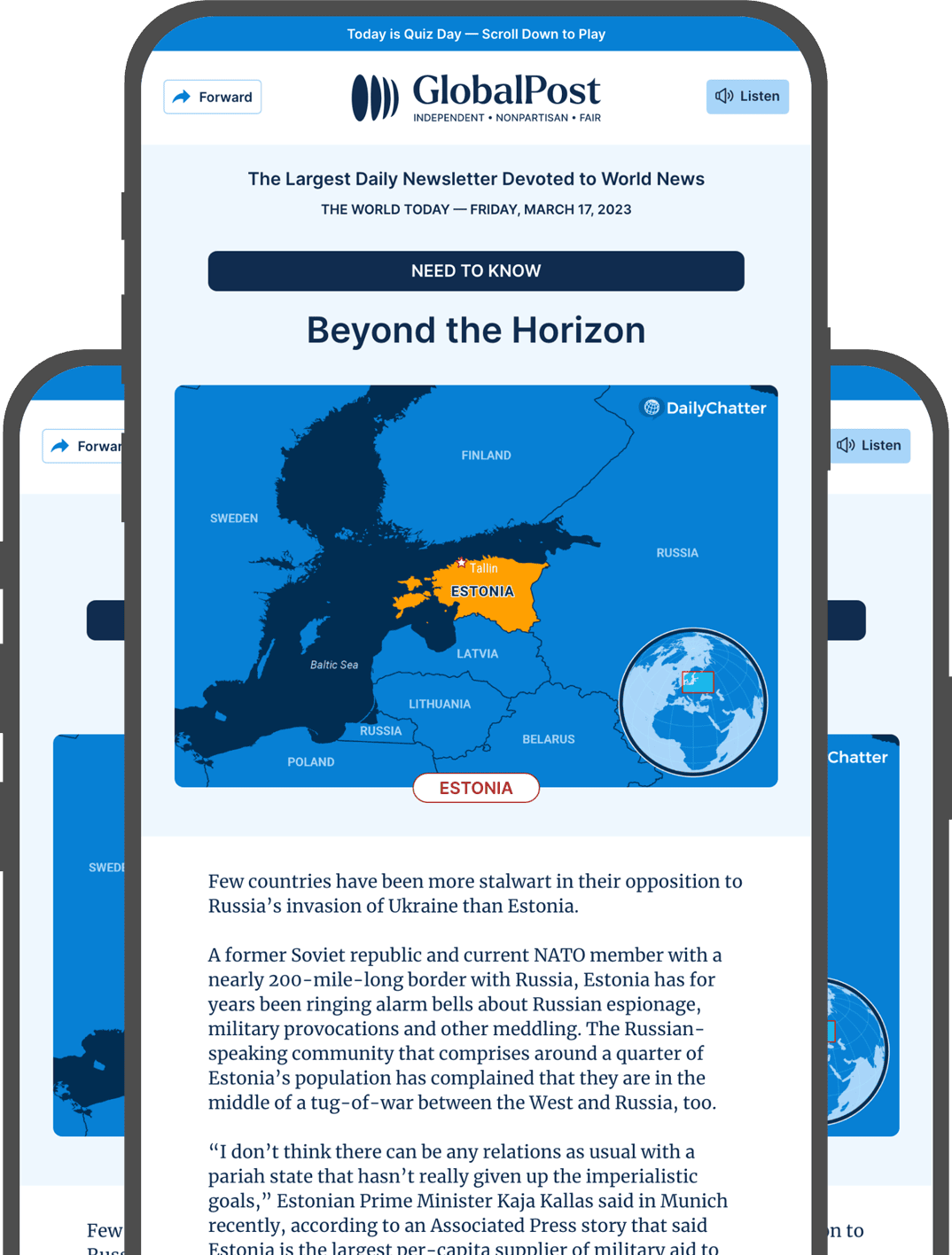Attila’s Huns Are More Diverse Than Originally Thought, Researchers Say
For centuries, the origins of the Huns – who swept into Europe in the late fourth century CE and helped bring down the Roman Empire – have been shrouded in mystery.
Some historians have linked them to the earlier Xiongnu Empire of Mongolia, while others say they were a loose confederation of steppe nomads.
Now, a new study shows that the answer isn’t so simple: The Huns were a genetically diverse mix of people, with only a few carrying direct ties to the Xiongnu elite.
To arrive at this conclusion, an international team of researchers analyzed 370 ancient genomes from across Eurasia, spanning 800 years from the Xiongnu period (209 BCE – 100 CE) to the Huns’ dominance in Europe between the fourth and sixth centuries CE.
Using a technique called identity-by-descent (IBD) segment-sharing, they found that while a handful of European Hun-period individuals were directly related to elite Xiongnu individuals, most of the population showed a much broader mix of ancestries.
“It came as a surprise to discover that few of these Hun-period individuals in Europe share IBD links with some of the highest-ranking imperial elite individuals from the late Xiongnu Empire,” co-author Guido Gnecchi-Ruscone of the Max Planck Institute for Evolutionary Anthropology in Germany said in a statement.
One standout case was a Hun woman buried in Hungary with gold earrings and an elongated skull – the skull showed she was part of a tradition of skull modification linked to the Xiongnu elite.
However, outside of these elite burials, the genetic footprint of East Asian ancestry was relatively small.
“DNA and archeological evidence reveal a patchwork of ancestries, pointing to a complex process of mobility and interaction rather than a mass migration,” said Zsófia Rácz, a co-author of the study, in the statement.
The findings also contrast sharply with the later arrival of the Avars in the sixth century. Co-author Walter Pohl explained that the Avars were a more cohesive group originating directly from East Asia, adding that “many of their descendants still carried considerable East Asian ancestry until the end of their rule in (circa) 800 CE.”
“The ancestors of Attila’s Huns … on their way westward … mixed with populations across Eurasia,” he added.
The researchers hope that future studies may further clarify the social structures and interactions that defined the Huns and their role in reshaping Europe during Late Antiquity.
Subscribe today and GlobalPost will be in your inbox the next weekday morning
Join us today and pay only $46 for an annual subscription, or less than $4 a month for our unique insights into crucial developments on the world stage. It’s by far the best investment you can make to expand your knowledge of the world.
And you get a free two-week trial with no obligation to continue.
